african sumac tree poisonous
In one of the common names of ailanthus is sumac but these plants are quite different from each other. Poison sumac fruit are creamy white and part of a cluster.

Find Trees Learn University Of Arizona Campus Arboretum
An African Sumac tree is perfect for hot dry climates and for anyone that is looking for an attractive shade tree with a long lifespan.

. Refrain from burning any part of the tree. Pea size fruit in summer. Larger sumac trees will often grow long and slender branches that tilt downward.
Sumac seeds are widely used in Middle. Smooth Sumac Archives Alexcityoutlook Com Sumac tea is free of caffeine though the malic acid is known to increase energy and combat fatigue. North Africa and North America.
Both plants can be responsible. Poison Ivy Poison Oak. Poison sumac plants generally feature stems with two parallel rows of leaves.
Poison sumac which grows in the Eastern US has white or gray berries where edible sumac has red brown purple or maroon fruit. Petunias are also quite susceptible to juglone the poisonous compound in allelopathic plants. The arsenal of chemical defenses is so effective that only the sumac leaf beetle Blepharida rhois can eat the leaves of smooth sumac and fragrant sumac.
I could not find African sumac listed in any of the allelopathic lists although sumac as a genus is listed. Are African sumac trees poisonous. There is also a shrub called the poison sumac Toxicodendron vernix which produces small poisonous white berries.
Department of Agriculture Plant Hardiness Zones 8. African sumacs are poisonous to humans. Allergic dermatitis in humans usually not a problem in animals.
The red or red-brown stems usually hold between 6 and 12 leaves plus. Poison sumac Toxicodendron vernix Cashew Anacardiacese Family. Rhus aromatica and poison sumac Toxicodendron vernix.
Most types of sumac grow into a tree or shrub ranging between 5 and 20 feet in height. Key FeaturesRounded or Umbrella Shape. Tropical Fruit Trees.
African sumac Rhus lancea is a drought-tolerant shade tree that grows in US. Double rows of leaves. Sumac trees such as the staghorn sumac Rhus typhina smooth sumac Rhus glabra and fragrant sumac Rhus aromatica produce edible red berry-like drupes.
African sumac trees are susceptible to Texas root rot also known as cotton root rot or phymatotrichopsis root rot. Poison sumac is a woody shrub or small tree that grows to 85 meters 28 feet tall with rough scaly bark. Gardeners should never handle the tree without gloves and keep children away from the plant.
A Rhus lancea African Sumac can be trained to a single trunk or allowed to grow into a multi-trunk tree with a look that resembles an olive tree. The fungus Phymatotrichopsis omnivora which is found in the. No African sumac Rhus lancea isnt poisonous to animals.
Every part of the tree contains urushiol oil which causes an allergic reaction to skin. Typically they are around 4 to 5 millimetres 016 to 020 in in size. African Sumac Rhus Lancea Slower growing.
They contain tannins phytols and three different compounds related to gallic acid which have antimicrobial activities. Non-Toxic to Dogs Non-Toxic to Cats Non-Toxic to Horses. Also people can be allergic to sumac just like everything else.
But it is easy to tell edible sumacs apart from the poison sumacs by looking at the. Some bad native Sumacs or Sumac relatives that you should know about are Poison Ivy Toxicodendron radicans formerly Rhus radicans and Poison Sumac Toxicodendron vernix formerly Rhus vernix. They are easy to prune or shear and have minimal maintenance.
It has alternate pinnately compound leafstalks with 7. African sumacs are poisonous to humans. Chemical defenses in the leaves of sumacs are diverse and potent.
Every part of the tree contains urushiol oil which causes an allergic reaction to skin. Texas Root Rot. African sumacs are poisonous to humans.
The fragrant sumac is a short growing shrub that rarely grows taller than five feet. The fruit and leaves of the poison sumac plant contain urushiol an oil that causes an allergic rash upon contact with skin. You need to be aware of this when you eat sumac for the first time.
But its a close relative of poison ivy Toxicodendron radicans. Every part of the tree contains urushiol oil which causes an allergic reaction to skin.
African Sumac English 130 Group 1

Poison Sumac Rash Pictures And Treatment

Rhus Lancea African Sumac Youtube
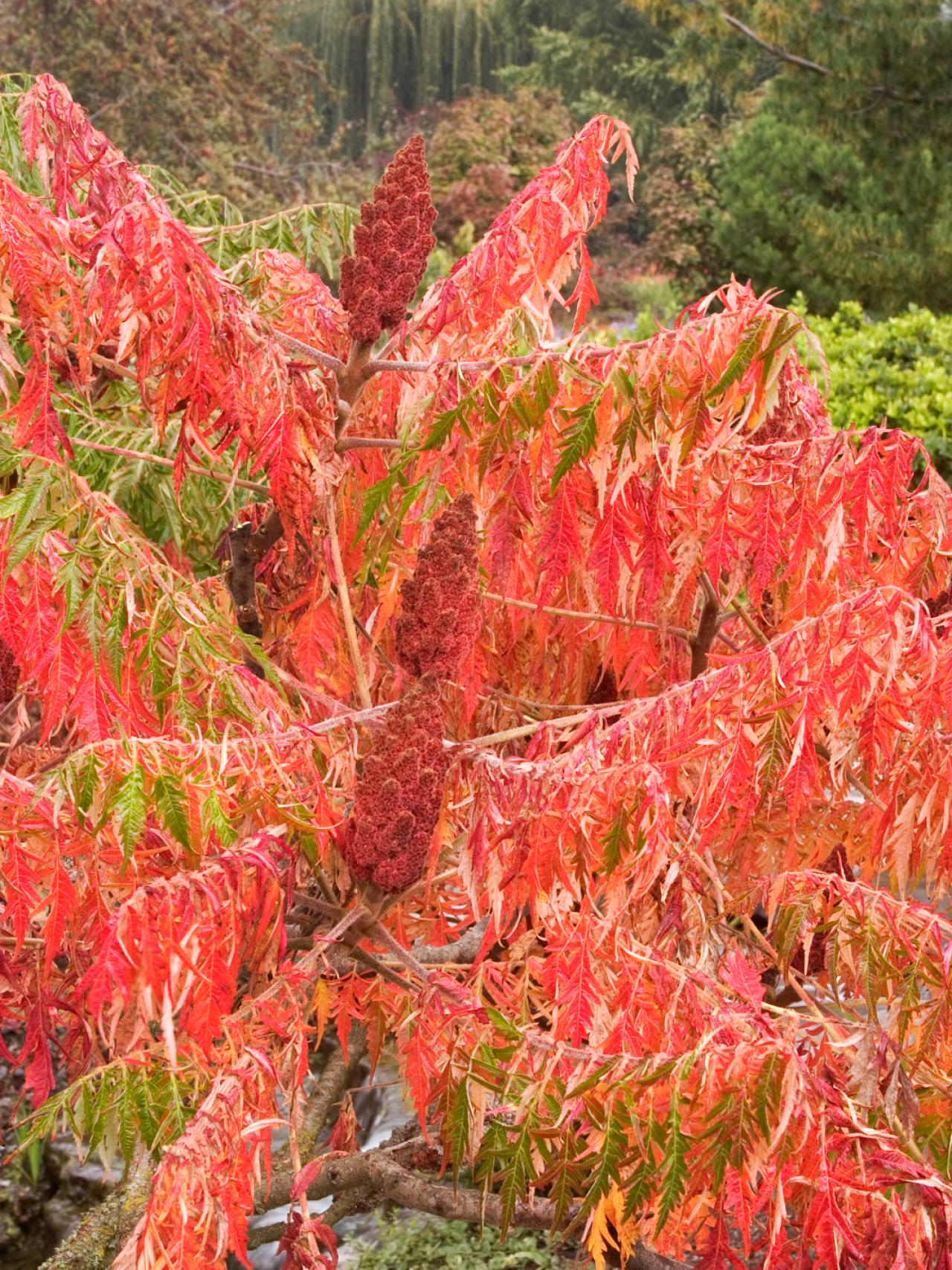
Sumac Trees Are Unsung Garden Trees Hgtv

Xtremehorticulture Of The Desert African Sumac Too Close To A Wall
African Sumac English 130 Group 1

28 5 Gallon African Sumac Feature Tree In Pot With Soil L11769 In The Trees Department At Lowes Com
African Sumac English 130 Group 1

Everything You Ever Wanted To Know About Sumac But Were Afraid To Ask Edible East End

Rhus Lancea African Sumac Karee Western Karee Willow Rhus Southeastern Arizona Wildflowers And Plants

What Is The Difference Between Sumac And Poison Sumac Vine
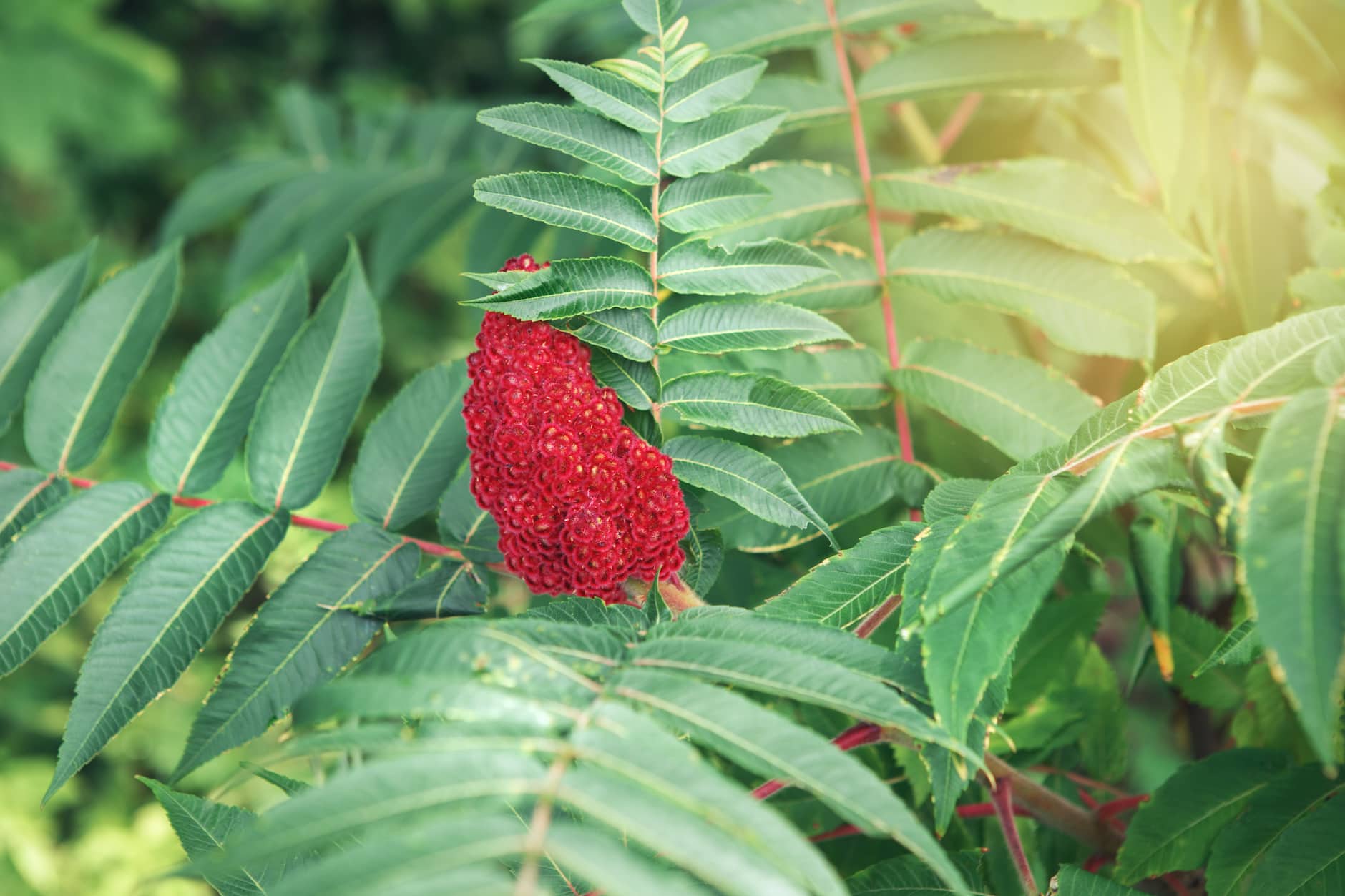
Wild Edibles Sumac Berries Farmer S Almanac
African Sumac English 130 Group 1

Find Trees Learn University Of Arizona Campus Arboretum
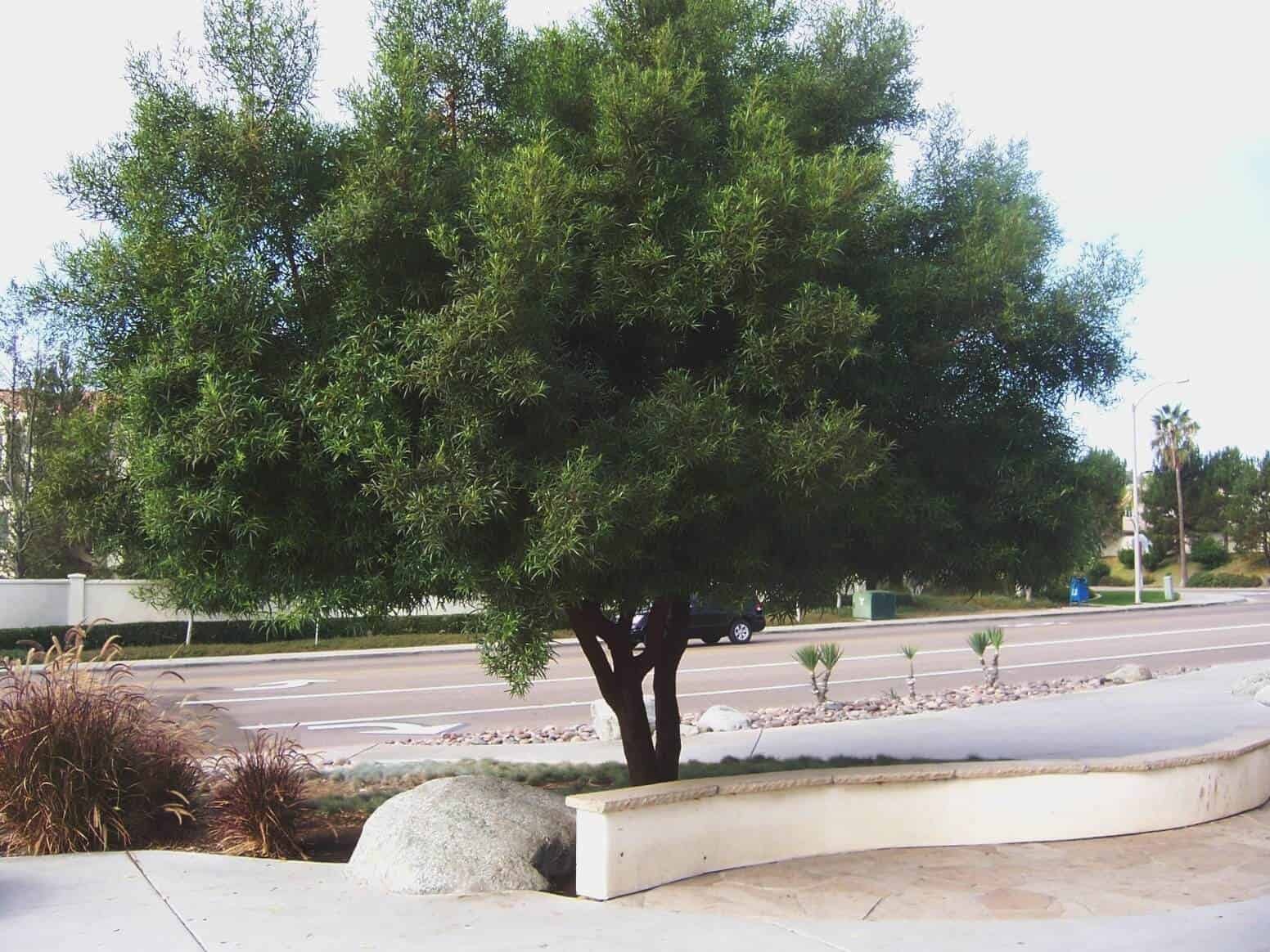
Trees High Desert Shade Trees Near Me Nate S Nursery Serving Apple Valley Victorville Hesperia And The High Desert
Tree Of The Week Use The African Sumac For Shade Or Perhaps To Make Beer
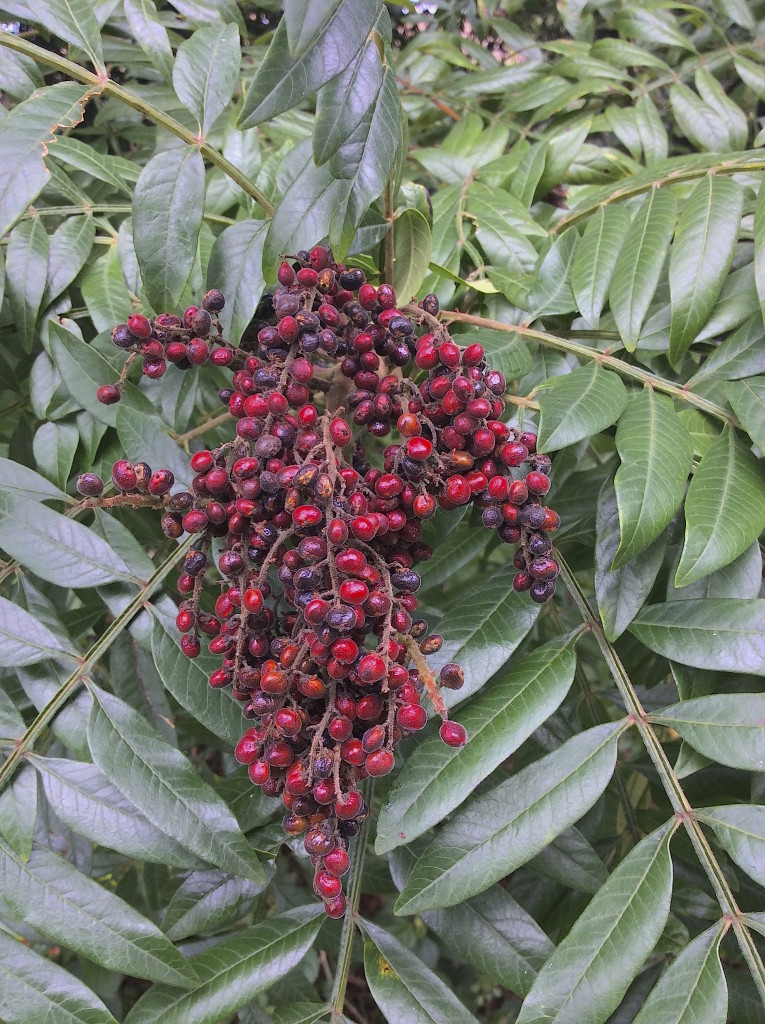
Sumac More Than Just Native Lemonade Eat The Weeds And Other Things Too
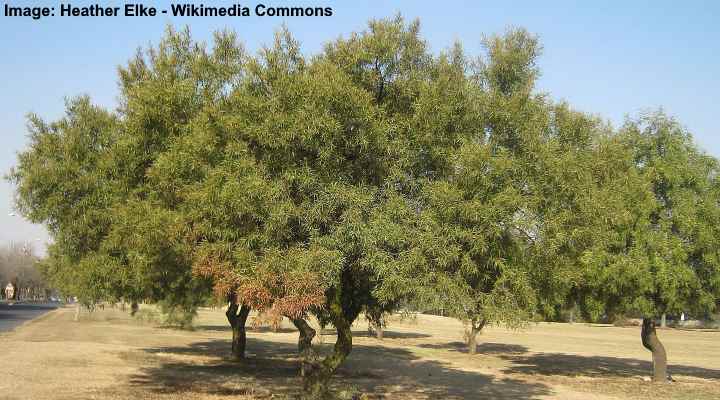
Sumac Trees Types Leaves Berries Pictures Identification Guide